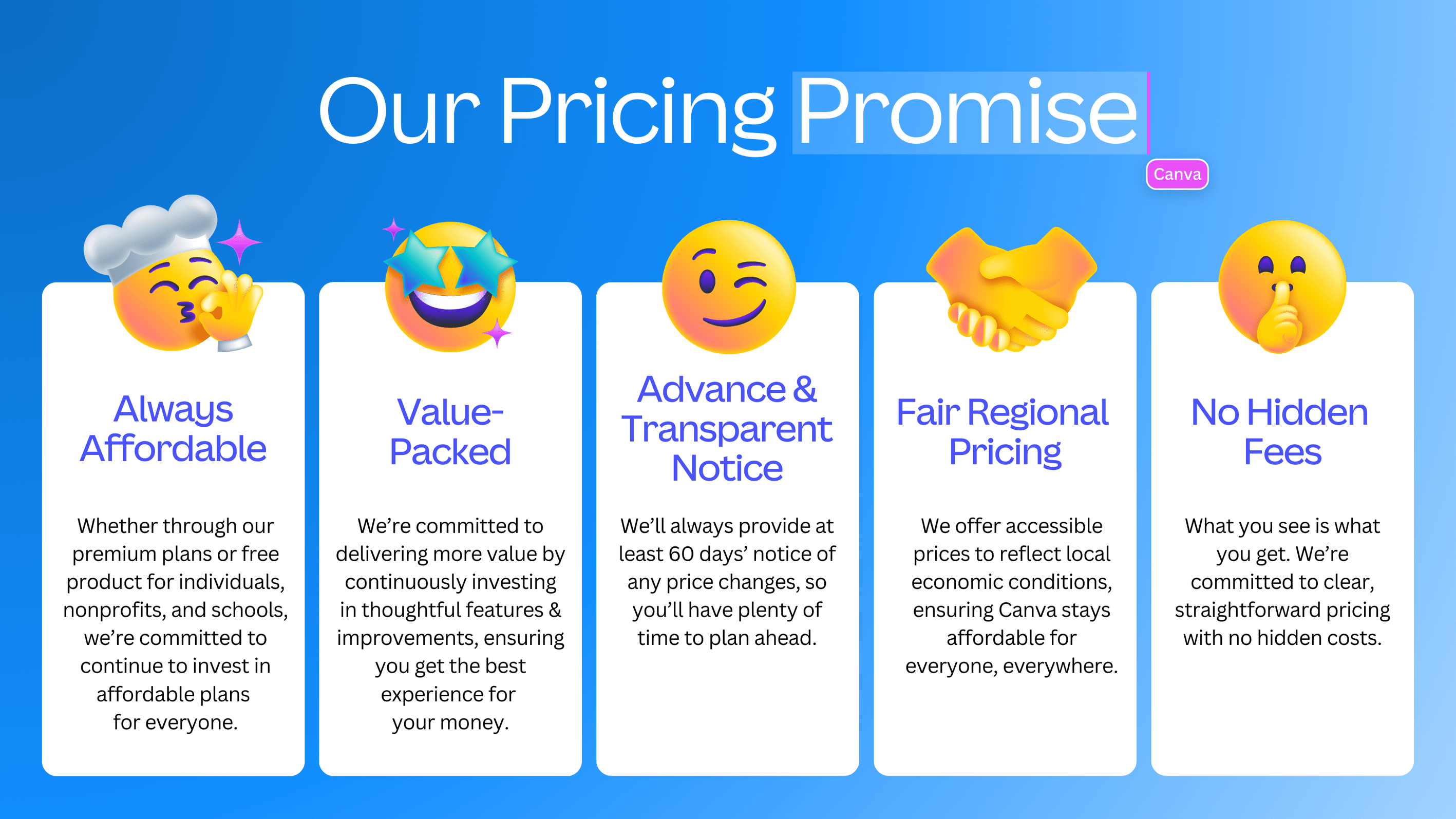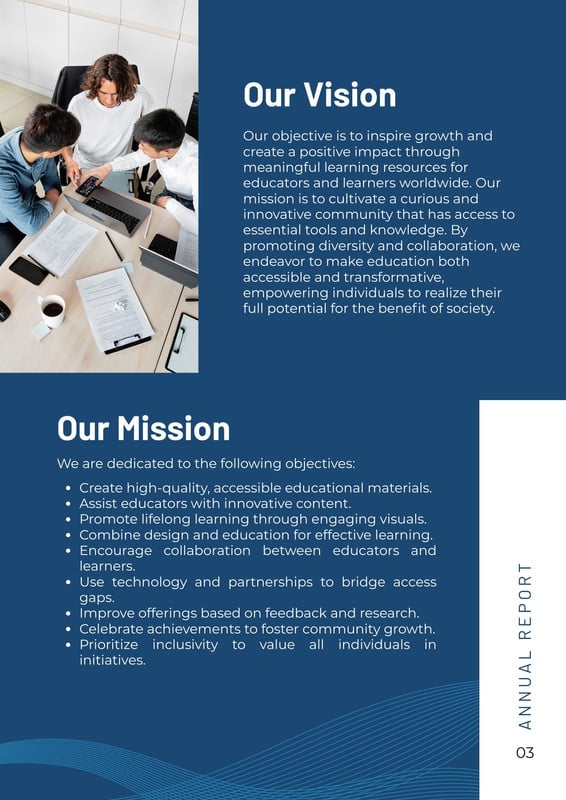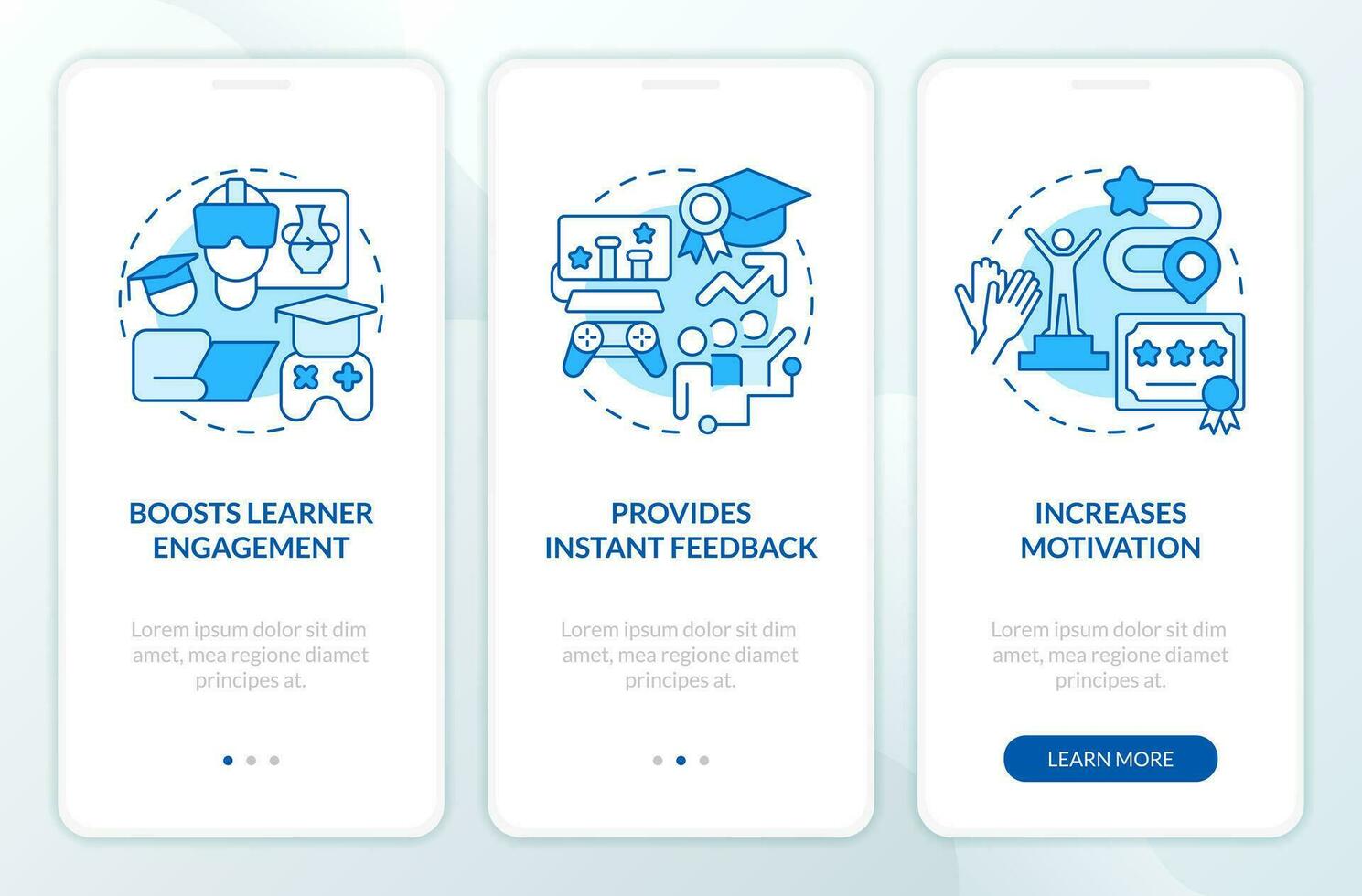Crafting Excellence: Best Practices for Classroom Assessment Tool Design


- Clearly define learning objectives before designing the assessment.
- Ensure each assessment question or task is directly linked to a specific learning objective.
- Cover the breadth and depth of the learning objectives in the assessment.
- Use a table of specifications to map assessment content to learning objectives.
Learning Objective | Assessment Task | Cognitive Level |
|---|---|---|
Identify key events leading to the American Revolution. | Multiple-choice questions on key events. | Recall |
Analyze the causes of the French Revolution. | Essay comparing and contrasting factors. | Analysis |
Evaluate the impact of the Industrial Revolution on society. | Debate on the pros and cons of industrialization. | Evaluation |
Learning Objective | Assessment Task | Cognitive Level |
|---|---|---|
Identify key events leading to the American Revolution. | Multiple-choice questions on key events. | Recall |
Analyze the causes of the French Revolution. | Essay comparing and contrasting factors. | Analysis |
Evaluate the impact of the Industrial Revolution on society. | Debate on the pros and cons of industrialization. | Evaluation |
- Incorporate projects, presentations, and simulations into assessments.
- Design assessment tasks that require students to apply their knowledge.
- Encourage collaboration and group work in assessments.
- Use real-world scenarios to make assessments more relevant.
Assessment Type | Active Learning Strategy | Example |
|---|---|---|
Project | Problem-based learning | Design a sustainable energy solution for the school. |
Presentation | Peer teaching | Present a lesson on a specific historical event. |
Simulation | Role-playing | Participate in a mock negotiation between countries. |
Assessment Type | Active Learning Strategy | Example |
|---|---|---|
Project | Problem-based learning | Design a sustainable energy solution for the school. |
Presentation | Peer teaching | Present a lesson on a specific historical event. |
Simulation | Role-playing | Participate in a mock negotiation between countries. |

- Provide feedback as soon as possible after the assessment.
- Focus on specific strengths and weaknesses in the student's work.
- Offer actionable steps for improvement.
- Use a variety of feedback methods, such as written comments and individual conferences.
Feedback Element | Description | Example |
|---|---|---|
Timeliness | Provide feedback promptly after the assessment. | Return graded assignments within one week. |
Specificity | Focus on specific aspects of the student's work. | Your analysis of the economic factors was strong, but your discussion of the social impacts could be more detailed. |
Actionability | Offer concrete steps for improvement. | To improve your argument, try incorporating more supporting evidence from the readings. |
Feedback Element | Description | Example |
|---|---|---|
Timeliness | Provide feedback promptly after the assessment. | Return graded assignments within one week. |
Specificity | Focus on specific aspects of the student's work. | Your analysis of the economic factors was strong, but your discussion of the social impacts could be more detailed. |
Actionability | Offer concrete steps for improvement. | To improve your argument, try incorporating more supporting evidence from the readings. |

- Use a variety of assessment methods to accommodate different learning styles.
- Provide clear and concise instructions.
- Offer accommodations for students with disabilities.
- Review assessments for cultural and linguistic biases.
Accommodation | Student Need | Example |
|---|---|---|
Extended Time | Students with learning disabilities | Allow students additional time to complete timed assessments. |
Alternative Format | Students with visual impairments | Provide assessments in Braille or large print. |
Quiet Environment | Students with ADHD | Administer assessments in a quiet, distraction-free environment. |
Accommodation | Student Need | Example |
|---|---|---|
Extended Time | Students with learning disabilities | Allow students additional time to complete timed assessments. |
Alternative Format | Students with visual impairments | Provide assessments in Braille or large print. |
Quiet Environment | Students with ADHD | Administer assessments in a quiet, distraction-free environment. |








